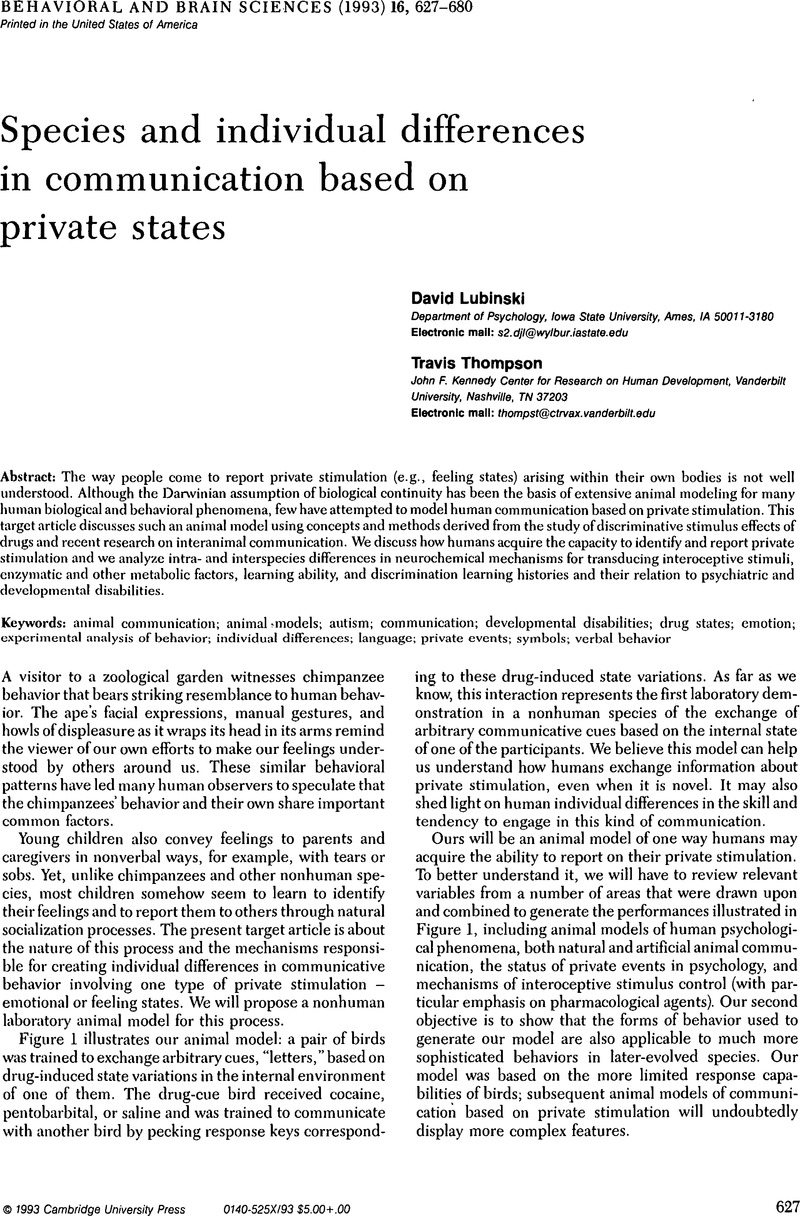Crossref Citations
This article has been cited by the following publications. This list is generated based on data provided by Crossref.
Kennedy, Craig H.
2000.
When Reinforcers for Problem Behavior Are Not Readily Apparent.
Journal of Positive Behavior Interventions,
Vol. 2,
Issue. 4,
p.
195.
Baum, William M.
2011.
Behaviorism, private events, and the molar view of behavior.
The Behavior Analyst,
Vol. 34,
Issue. 2,
p.
185.
Kuroda, Toshikazu
Lattal, Kennon A.
and
García-Penagos, Andrés
2014.
An Analysis of an Autoclitic Analogue in Pigeons.
The Analysis of Verbal Behavior,
Vol. 30,
Issue. 2,
p.
89.
2022.
Science and Philosophy of Behavior.
p.
345.



